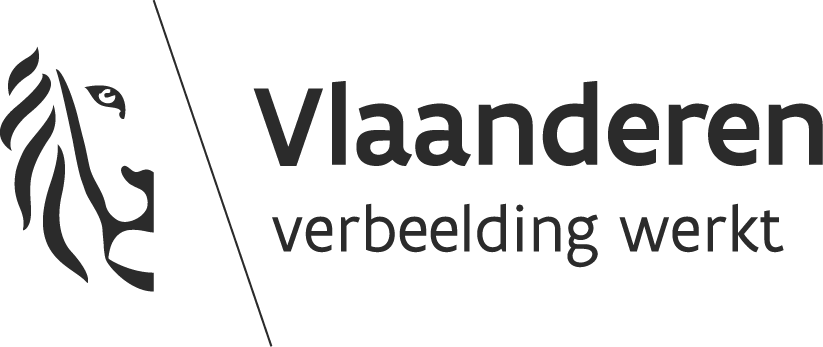Moving propaganda

Deconstructivism is talking about the way aesthetics move ideology. In answer to the current Ukrainian-Russian war. But also more broadly: how is it that we get moved into believing things. About ourselves, but more importantly maybe, about others and the world we live in. We all remember vividly still the controversies and polemics stirred up by the Corona-mythologisation. A highly polarized societal discussion fueled by controversy around the myths of the truth we were living in. These discussions, dividing friends and families around almost tables all over, make clear how important are the stories we tell ourselves about the ‘reality’ we are in.
In Deconstructivism, Igor Shyshko is looking into the choreography of these stories. How do ideologies become embodied into images, gestures and movements. Conveying emotion and distortions of what is readily at hand. And moving the spectators into a fabulation of relations and facts. It seems that every propaganda gesture is an aesthetic one. One that is designed to attract, to please, to convey and seduce an onlooker or listener to accept (or sustain) another paradigm of life-as-it-unfolds.
Looking into the research materials, questions arise around the universality of the aesthetic means of propaganda. Is there something like an ideology of time (yes of course, but how to put the finger on it), space (what is the space we move through when we step in the propagandistic myth), and how are we moving and looking at each other in this space. This is a work of political choreography. Because propaganda, and the deconstruction of its construction, is a method to guide our gaze, our understanding, and our emotions. It is a method that is in itself empty of ideology, used in advertising as well as warfare, in the west and east, for capitalist, communist or religious reasons. So how does a particular political climate produce its specific propagandistic means?
In this research we look at bodies in space. How are bodies already signed by the ideologies that rule them? How is age, ability, gender, and technique already embodied in an ideological framework that has become invisible to the cultured eye? What is political about bodies moving through space, and how to reappropriate patterns and movements out of their original context. We are talking about Swan Lake, and the mass movements of Constructivist cinema. As well as advertising and the power that links together a brand and an image that is inherently completely unrelated. How to make an onlooker believe what is actually not so much a message, as an emotional suggestion.
Propaganda maybe could be translated into ‘a choreography of (strong) emotions’. A shadow work of fear and desire. Written on the body of the dancers.
This project was possible thanks to the support of the Flemish Community and the Flemish Government: Department of culture, youth and media.





